Table of Contents
Fleming’s Left and Right Hand Rule:
Fleming’s Left Hand Rule:
The direction of the force experienced by the current carrying conductor placed in a magnetic field can be determined by a rule called ‘Fleming’s Left Hand Rule’. The rule states that ‘Outstretch the three fingers of the left hand namely the first finger, middle finger and thumb such that they are mutually perpendicular to each other. Now point the first finger in the direction of the magnetic field and the middle finger in the direction of the current then the thumb gives the direction of the force experienced by the conductor.
The rule is explained in the diagrammatic form in the figure below.

Apply the rule to crosscheck the direction of force experienced by a single conductor, placed in the magnetic field, as shown in the figure below.

Fleming’s Right Hand Rule:
Fleming’s Right Hand Rule is to be used to get the direction of induced e.m.f. when the conductor is moving in a magnetic field.
According to Fleming’s Right Hand Rule, outstretch the three fingers of the right hand namely the thumb, forefinger and the middle finger, perpendicular to each other. Arrange the right hand so that the first finger point in the direction of flux lines (from N to S) and the thumb in the direction of motion of conductor with respect to the flux then the middle finger will point in the direction of the induced e.m.f. (or current).
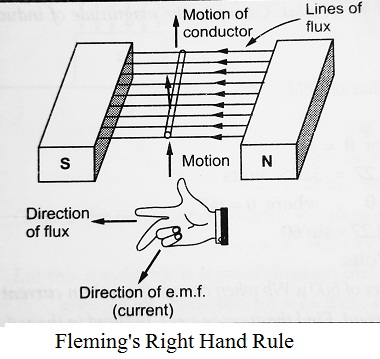
Consider the conductor moving in a magnetic field as shown in the figure above. It can be verified using Fleming’s Right Hand Rule that the direction of the current due to the induced e.m.f. is coming out. Symbolically this is shown in the Figure below.
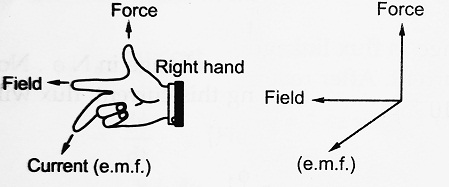
Key Point: In practice though magnet is moved keeping the conductor stationary, while application of rule, thumb should point in the direction of relative motion of conductor with respect to flux, assuming the flux stationary.
This rule mainly gives the direction of the current which induced e.m.f. in conductor will set up when closed path is provided to it.
Verify the direction of the current through the conductor in the four cases shown in the figure below by the use of Fleming’s Right Hand Rule.

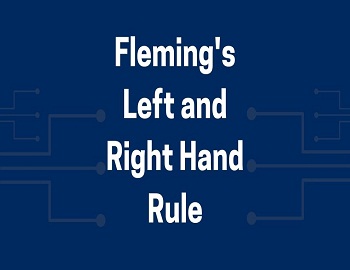
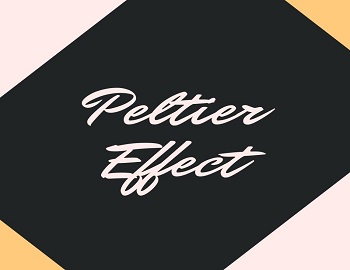
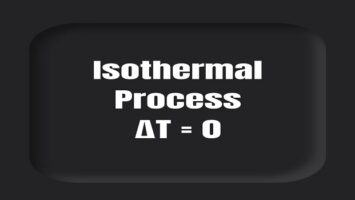
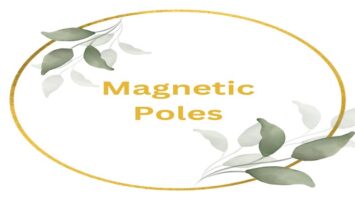


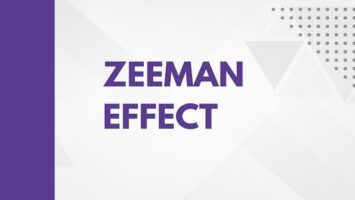


Comments (No)